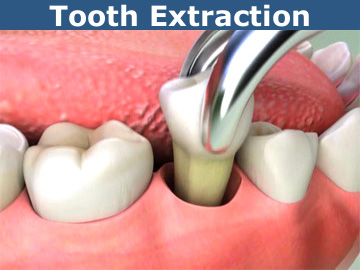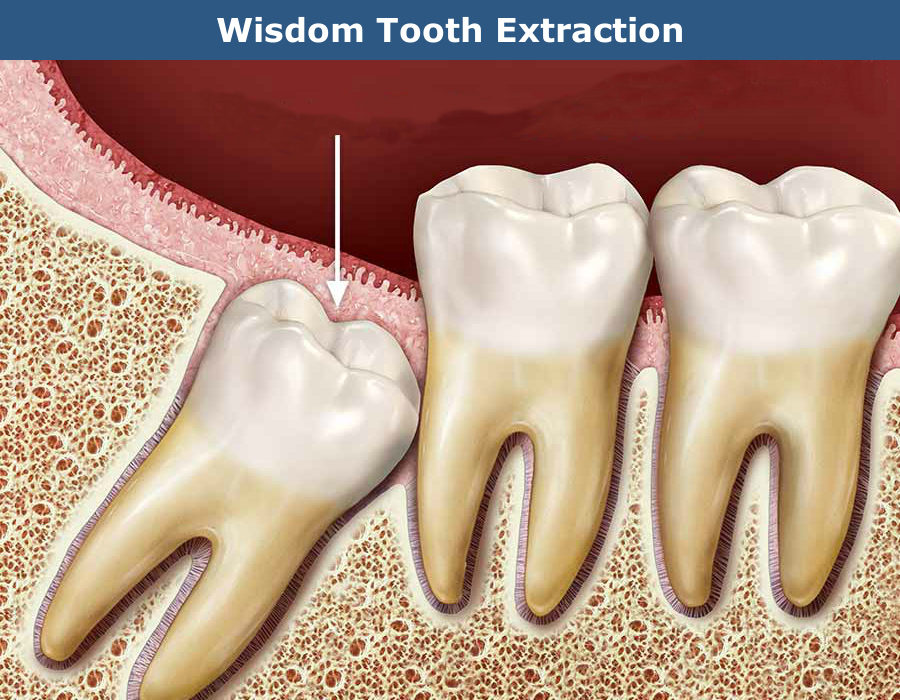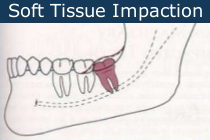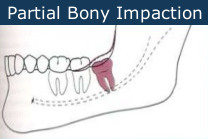Tooth Extraction Glendale

Glendale tooth extraction is the removal of a tooth from its socket in the bone. In dentistry, there are a huge number of diseases that can be cured only by removing the problematic teeth. There are also different types of tooth removal procedures. Keep reading to learn more about tooth removal.
The tooth has a complex structure. It consists of a solid enamel layer, loose dentin, and a neurovascular bundle. If the treatment is not started on time, periodontitis develops. The inflammatory process can spread from one dental unit to another, leading to their infection. Most often this situation is observed with periodontal disease.
If it is not treated, all adjacent teeth will be infected, and it will be impossible to cure them. With the defeat, the tooth begins to ache strongly. And eventually, those teeth have to be removed. Glendale dentist, Dr. Sahakyan, who has great experience in successfully carrying out teeth extraction procedures, can help you with tooth extraction of any complexity. Call 1-818-578-2324 for a consultation today.
What Are the Reasons for Tooth Extraction
The most common causes of tooth extraction are:
- Periodontal disease;
- Paranasal abscesses;
- Obstruction of the root canals;
- Mobility;
- Strong destruction of hard tissues, the restoration of which is impossible;
- Cyst;
- Retained tooth;
- Bite abnormalities;
- Permanent injury to the tongue and mucosa;
- Interference in the installation of a removable denture.
Preparing for the Procedure
The procedure to remove the tooth requires a little self-preparation so that the process is faster and more effective. With an oral examination and x-rays of the mouth, Glendale dentist, Dr. Sahakyan can evaluate the position of the teeth.
X-ray image will help to find out where its roots are located, whether they are bent and what shape they have. With such knowledge, the best dentist in Glendale, Dr. Sahakyan, will perform the surgery easier.
Stages of a Tooth Extraction Procedure:

- First of all, the dentist does anesthesia. Extraction of the tooth is performed under local anesthesia, but in some cases, general anesthesia is needed. It is used for special indications or at the patient’s request.
- Further part of the gum is separated.
- The crown is grasped by forceps.
- By pressing the handle of the forceps it loosens. All the tissues that connect it to the gum are destroyed, and as a result, it easily gets out of the hole.
Different Types of Teeth Extraction
There are two types of tooth extraction:
Simple removal
The simple removal is carried out with a simple pathology. Simple is applied when the tooth that needs to be removed is within reach. Then the dentist with the help of forceps and special devices loosens it and then removes it from the alveoli.
Surgical removal
Surgical removal is used in case of fractures of the tooth along the gumline, fracture of the roots, retinas. Complex or surgical removal may be required in the presence of obstacles that prevent access to the tooth that needs to be removed. In this case, with the help of surgical instruments, the dentist cuts or removes excess. In difficult cases, it may even be necessary to remove the tooth in parts.
After removal, depending on the complexity of the surgery, seams or bone tissue can be applied.
Wisdom Tooth Extraction

Wisdom tooth extraction is a surgical procedure to remove one or more wisdom teeth. Wisdom teeth are the third and last molars. They are located in the back of your mouth and usually come out in between the ages of 15 and 20.
One of the most common situations where surgical intervention may be required is the need to remove a wisdom tooth. If the wisdom tooth gives you trouble, it is best to remove it as soon as possible, to avoid complications.
The Three Types of Wisdom Tooth Impactions Are:
Soft Tissue Impaction Extraction

The crown of teeth is covered by soft tissue only and can be removed without bone removal. There is not enough room to allow the gum tissue to retract for sufficient cleaning of the tooth.
Partial Bony Impaction Extraction

The part of the tooth is covered with bone and requires either bone removal or tooth sectioning for extraction. There is enough space to allow the wisdom tooth to partially erupt. It creates cleaning problems. Also, it cannot function properly in the chewing process.
Complete Bony Impaction Extraction

The tooth is completely covered with bone and requires extensive removal of bone for extraction. There is no room for the tooth to erupt. This impaction is included in the jaw bone or if even partially visible requires surgical techniques for removal. The impacted wisdom teeth often rise at severe angles and are difficult to remove.
What can you do after a tooth removal?
After tooth extraction Glendale dentist, Dr. Sahakyan, recommends you:
- Heat. Do not eat until the end of anesthesia. If the removal was difficult, in the next 24 hours you need to eat liquid and soft foods. Chew the food on the side opposite to the removal.
- Smoking and alcohol. After tooth extraction, do not smoke, for at least several hours. Smoking damages wound healing. Do not drink alcohol within 24 hours after the procedure.
- Rinses. Do not rinse the day after removal. This slows down the process of restoring the tissue of the damaged gum. You can drink warm liquids, but do not rinse and spit strongly because the thrombus can leave the wound. The next day rinse your mouth with a rinse water. Rinse for a week.
- Food. The first 24 hours are recommended not to eat too hot or cold food and drinks. Do not expose the wound to sharp temperature changes.
- Pain. Take painkillers that do not dilute blood.
- Hygiene. Proper oral hygiene will speed up the healing process of the wound.
- Brush your teeth in the first day after extraction.
- Drink carbonated drinks.
- Do not do the following for a week: engage in sports, bend over, make healing side warm.
- Do not visit the sauna or a take a hot bath. High temperatures provoke bleeding and slow healing.
When wisdom teeth become infected on top of that, you may unluckily be in for some serious pains and soreness. To avoid this painful feeling, the dentist may recommend having your wisdom teeth removed before they can make problems. Glendale dentist, Dr. Sahakyan performs simple and surgical impacted extractions. If you need teeth extraction, please call 1-818-578-2324 for a consultation today.
